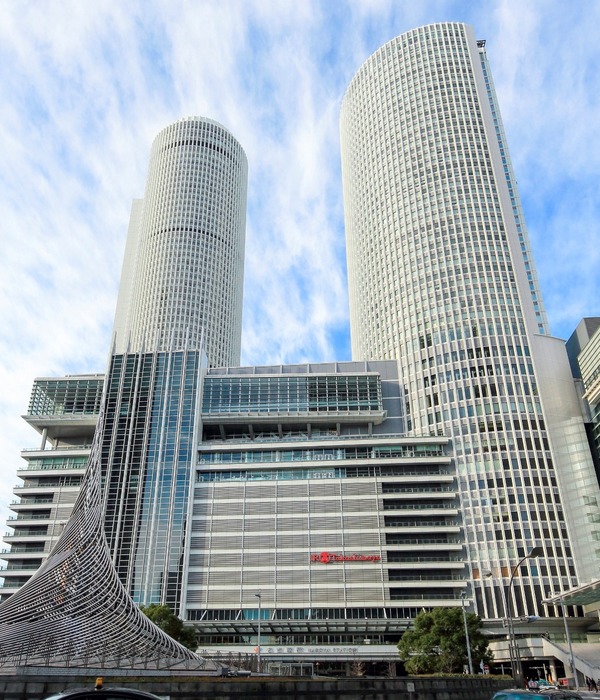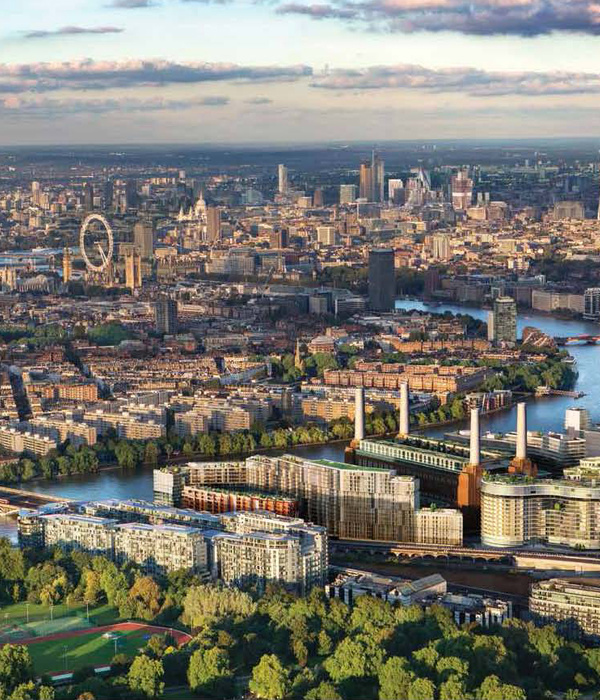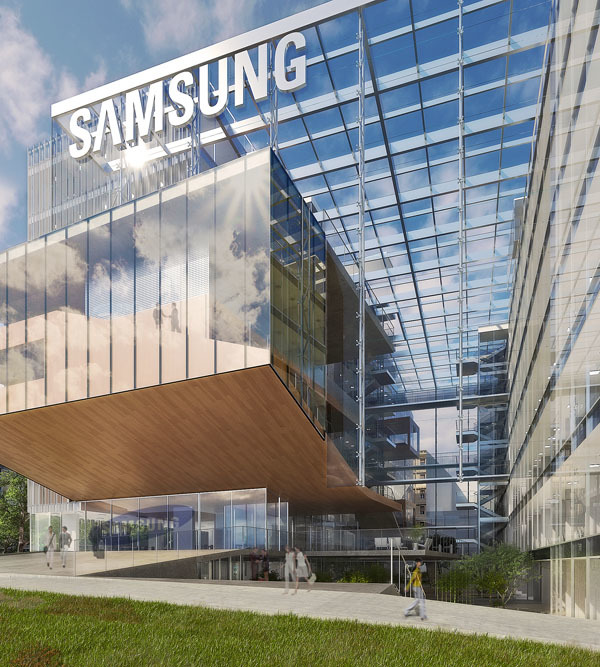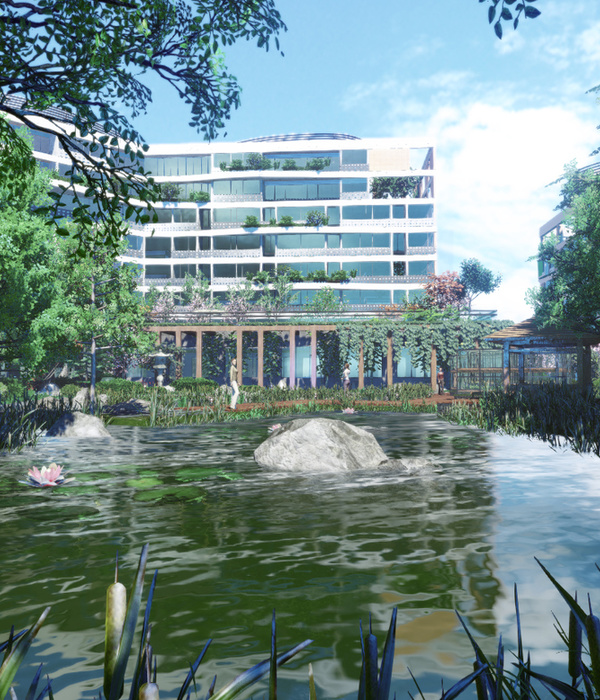- 项目名称:计家大院 Project Name:Jijia Village Compound
- 项目地点:昆山市锦溪镇南首计家墩村 Project Location:NanshouJijiadun Village,Jinxi Town,Kunshan,Jiangsu,China
- 项目类型:服务式乡村长租公寓 Project Type:Village Service Long-Term Rental Apartment
- 用地面积:1636.7㎡ Site Area:1636.7㎡
- 建筑面积:2200.0㎡ Project Area:2200.0㎡
- 设计时间:2017.05-2017.08 Design Period:2016.09-2017.05
- 建设时间:2017.06-2018.06 Building Period:2017.06-2018.06
- 业主单位:江苏乡伴置业有限公司 Proprietor Company:Jiangsu X-Band
- 业主团队:仇银豪,陈明涛(项目经理) Proprietor Team:Yinhao Qiu,Mingtao Chen(PM)
- 设计单位:大形设计 Design Team:DESHIN Architecture & Planning
- 主持建筑师:邢永恒 Master Architect:Yongheng Xing
- 建筑师:皮黎明,林为依,钟佳吟 Architect:Liming Pi,Weiyi Lin,Jiayin Zhong
- 结构设计:李海乐,邓雨富,王世杰,王若炜 Structure:Haile Li,Yufu Deng,Shijie Wang,Ruowei Wang
- 景观设计:仇银豪(乡伴),林夕茜(乡伴) Landscape:Yinhao Qiu(X-Band),Xiqian Lin(X-Band)
- 摄影:夏至 Photographer:Zhi Xia
- 联系邮箱:deshin_ad@163.com Mail:deshin_ad@163.com
计家大院位于昆山市锦溪镇南首计家墩村,东靠国际大都市上海,西邻历史文化名城苏州,距离素有“中国第一水乡”之称的周庄仅有7.9公里,同时18分钟沪宁高铁连通上海;中国第一条跨省地铁,上海11号线与昆山花桥段通车,同城效应升级。交通便利,区位优势明显。
Jijia Compound locates in Jijiadun Village in Kunshan, to the west of Shanghai and west of Suzhou. It is 7.9 miles away from Zhou Zhuang, and the Chinese first trans-provincial high speed railway. The connection with Shanghai Line 11 strengthen urban integration. The site transportation is quite convenient and has extraordinary advantage.
▼鸟瞰图,aerial view ©夏至
▼庭院鸟瞰,courtyard aerial view ©夏至
▼一楼庭院视角,courtyard ©夏至
▼从二层观赏庭院,yard view from the second floor ©夏至
随着国家农村土地三权分置政策的推出,农村又面临着一个新的发展机遇。随着城市生活节奏的加快,许多城市人口渴望回到一种相对更加自然的环境中,过一种释放身心的节奏更慢的生活。中产阶级家庭渴望回归自然家庭生活,为子女提供更原生态的教育。中老年人追求在这种环境中回归从前的自然健康的生活方式。同时,有相当一批向往乡村生活的年轻人,选择乡村来实现自己的理想,计家墩村和许多乡村一样面临着空心化,然而其优越的地理位置和巨大的体量为其提供了较大的发展潜力。乡伴文旅选择了这里来实现他们乡村集群理想村的规划,这也是他们新乡村建设的又一次探索。他们希望能使更多拥有相同生活方式和理想的人聚集于此,形成一个新的圈子。
As many other villages in China, Jijiadun also faces the problem of rural hollowness, but traditional rural life still continue running here. The whole village totally contain more than 140 houses, which bring planners a challenge about proceeding commercial exploitation while keeping rural features. X-Band pick here to carry out their ideal village plan is also an exploration of new countryside construction. They’re looking forward that people who have same life style and same dream could gather here and form a new group.
▼大院主入口,main entrance of the compound ©夏至
▼入口透视,perspective of the entrance ©夏至
▼一楼廊道,corridor ©夏至
乡村建设在一定程度上是当代都市生活的一种延续,乡村的部分建设行为(主要指当下井喷的民宿建设)服务的对象主体还是城市人口。然而城市人口在乡野间短暂的旅游行为更多的是体验而非生活。大院模式便是给想回到乡村生活的人群提供长期居住空间的一种尝试,为城市人寻一条回家的路,以丰富的乡村旅游产品、完善的配套服务和成熟的旅游载体回应大都市“周末、节假日逆城市化”趋势。本项目采取产权与使用权分离的模式,在乡村建造房屋,向那些向往田野乡村生活的人出售一定20年的房屋使用权。
Countryside construction is sometimes an extend of contemporary city life. Quite a part of countryside construction mainly serve for citizens (as the blowout of B&B). But their short tourism in the countryside is more like an experience but not life. The compound mode aims to provide a long-term living space for the people who would like to go back to the country, following the tendency of counter urbanization of metropolis in weekends and holidays. The project try a property division mode, building houses in the rural area and provide a certain time of use permission to the people who look forward to rural life.
▼在村庄与田野间享受生活,enjoy living between village and fields
计家大院基地在计家墩村北部,可由村里主路直达。基地南侧是一片开阔的水域,北侧是一片香樟林,隔着香樟林就是大片的农田。基地内现存八栋旧房,但现存楼房从尺度和结构上都不太能适应新功能的需要,故而采取了整体新建的策略。
Country Compound sits in north Jijiadun, and people could directly arrive there through the main road. To the south of the site, there is a body of water, to the north it’s a piece of camphor and farmland. There’re 8 existing houses in the site, but they couldn’t meet the demand of a new village both on size and structure, so the total strategy is to rebuild entirely.
▼原村落场景照片,original village ©邢永恒
新建筑在位置布局上只是在原有建筑位置上做微调,并借鉴原有建筑的空间尺度,比如窄巷的尺度,它不宽反而给巷里相遇的人以驻足乃至从容交谈的可能。民居建筑经过世代人的居住,积累下来的不只是实用,适宜的空间尺度,也有邻里之间的人情味。窄巷,流水小桥,田野,门庭小径;垂钓碧溪边,影斜田埂上的种种是我们不想忘记的美好。在这里建房子,不需要设计过多的介入,因为这里原本的生活足够吸引人。建筑创作也回归到朴素的本原,乡土的建造,材料的因地制宜,与自然环境和谐共生,并充分利用自然资源解决建筑需要面对的问题。本次设计的出发点是在新建的基础上之保留村里原有房屋的一些空间尺度和风貌肌理,如楼栋之间的窄巷。设计过程中,建筑师对空间做了适应性的调整和梳理。建筑位置在原有基础上微调。原有的建筑形式使得每家每户都有独立院落,但是缺乏互相交流的空间,故本次设计拓宽了房屋之间的前后间距,使其形成一个中央公共空间,将每户的私人庭院移至南北两端。南侧共布置有一大一小的两栋楼,且在布局上有一个角度旋转的处理,从而改善从村里主道行进过程中对建筑整体形象和尺度的感知,也削弱了建筑对行走在河岸小道行人的压迫感。北侧面向田野布置四栋两层高的建筑,这样,底层住户享有各自的私有庭院的同时二层住户也能最大限度的享受一望无际的田野景观。
▼基地位置,site location
The rebuild bases on keeping intrinsic space scale and features, such a s narrow paves between houses. During the design period, the architects arrange the space more adaptively. Each house used to have private yard, but there’s a lack of communication, so we widen the distance between each house so that there will be a public garden in between, and private yards will be placed in the south and north side. Two unparallel buildings stand in the south, one of one-storey and the other of two, enrich the feeling of the compound entrance, and weaken the pressure of the buildings. Other four buildings stand in the north, facing wide farmland, so that the first floor could own private yards, while the second floor could enjoy wonderful sightseeing.
▼院落变化,the change of the yard
在确定主要建筑的布局和体量后,南北建筑自然围合出约16米宽的开放带状空间。空间由自由开放逐渐走向围合带来的强烈归属感与向心力,也正是项目热切希望表达的核心观念。
After the approximate layout, a 16m wide central belt space is naturally enclosed. Open space gradually become enclosed express the core concept of the project, a sense of belonging and cohesion.
▼南北建筑自然围合出约16米宽的开放带状空间,a 16m wide central belt space is naturally enclosed ©夏至
设计上我们汲取传统建筑形制和园林布局设计的理念来处理中心开放空间,一些单层体量的置入增加了产品的功能性,同时也将整体的带状空间自然分割成大小各异的庭院空间。项目整体实现了中心开放空间,入户庭院的半私密半开放空间,住户庭院的私密空间三种空间的有机过渡和关联。
▼体块生成,form generation
We deal with the central open space by a way of traditional architecture and landscape design. Some one-storey functional volume separate the belt space into varies yard of different size. The project realize a transition and connection of central open space, semi-private entrance yard and private yard.
▼院落鸟瞰,aerial view of the central yard ©夏至
▼局部鸟瞰,partial aerial view ©夏至
除最东侧较为独立的两栋楼之外,其他楼栋二层由连续的混凝土板串联。为了尽可能满足首层房间的采光,混凝土板配合日照模拟的采光需求设置了若干天井。中心庭院的天井边界被柔化,砌块砖的不同堆砌方式也呈现出了界面变化和视线穿透的有趣现象。庭院二层围墙高达1.8米,人朝向内庭院的视线被阻挡,砌块砖形成的孔洞成为感知庭院情形的唯一方式。混凝土板在节点部位局部放大,消除走道的单调感。
Except for the two independent buildings in the east, other buildings are connected by a piece of concrete slab. To meet the demand of daylight as much as possible for the first floor, we set some courtyard in between. The edge of the largest yard is softened. Different piling ways of bricks forms interesting façade and sightseeing. In the second floor, the fence is 1.8m tall, which can prevent a direct look to the yard. People could only glance through the holes between the bricks. Space on the concrete slab werepocket, which can decrease a drab sense of the aisle.
▼二层连廊,corridor on the second floor ©夏至
▼局部透视,partial perspective ©夏至
▼交通空间,circulation ©夏至
▼廊道细部,corridor detailed view ©夏至
在功能分布上,项目的公共及辅助设施被安排在临近入口的单层建筑中。北侧靠中心庭院的楼栋二层为公共客厅,是项目最大的公共空间。项目中的单层建筑为独栋居所,首层每套住房都带有30平及以上面积的庭院,二层房间分为复式和单层净高较大的房间,租户可根据自身的喜好来灵活选择不同类型的居住空间。
On function arrangement, public space is placed in single story buildings around the entrance. The biggest public space, public living room, locates on the second floor in the north. Single story in the project are detached houses, and each house on the first floor has a 30㎡yard. In the second floor, there’re lofts and single story rooms which has high storey height. Tenements could choose different type of house due to their needs.
▼总平面图,master plan
▼一层平面图,1st floor plan
▼剖面图,section
▼功能分布,function arrangement
▼单层户型,single storey apartment
▼Loft户型,Loft apartment
▼生活场景渲染图,renderings
{{item.text_origin}}










![CO[LAB+LIV] | 集成共享的绿色办公生活空间 CO[LAB+LIV] | 集成共享的绿色办公生活空间](https://public.ff.cn/Uploads/Case/Img/2024-04-19/LTJINDRNPMviUIeXZKCoqFlUM.jpg-ff_s_1_600_700)

